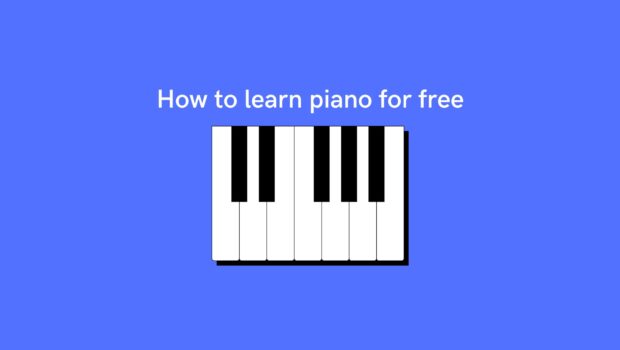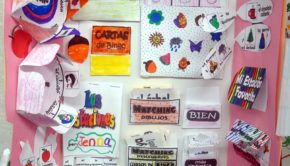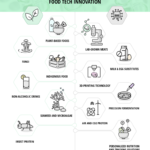Want to learn piano? Here is how to without spending anything
Learning piano is hard. It’s like learning math. Even if you’re into math, music is a different genre of education, where it’s all about the knowledge and perception of pitch and rhythm. If you want to learn piano, or you have a kid who wants to learn piano, here are some free ways you can learn that do not cost anything. Assuming you already have the required instruments.
Learn using a real piano, or a beginner keyboard

There is no shame in learning by using a basic keyboard, or a digital board. A nicely tuned Piano from Yamaha will cost more than $5000, so it’s always OK to choose a portable board or even a small PSR-E360 for your beginner’s lesson. Hell, even a Casio board is fine.
Ways to learn piano as a complete beginner
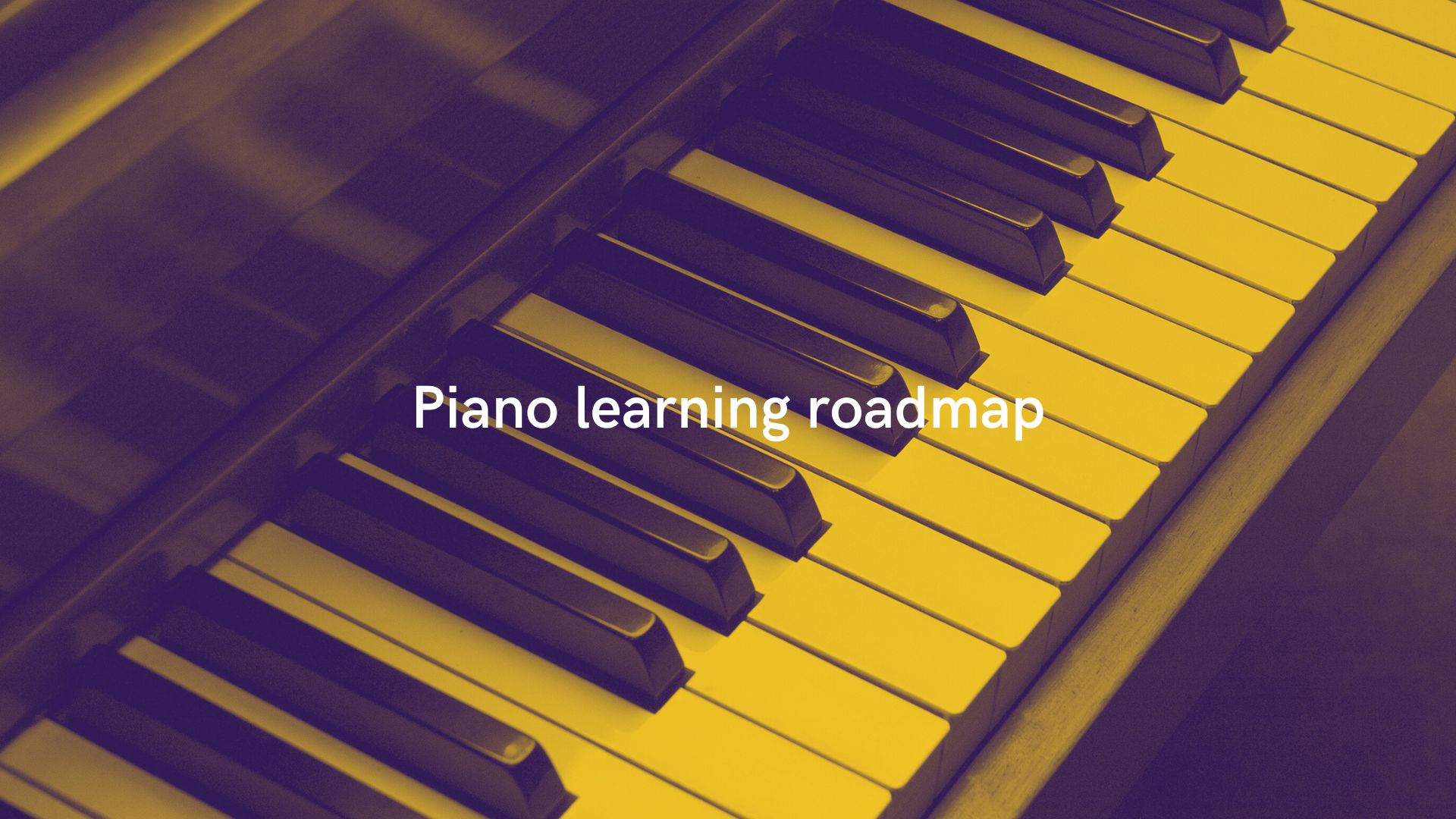
This article is not a tutorial, but a roadmap with resources. Here are the steps you can take to learn piano.
- Acknowledgment
- Get familiar with your keyboard
- Learn with free resources
- Learn reading sheets
- Learn sight-reading
- Training your ears
Acknowledgment
First of all, learning music is not a short road. It’s a moderately long journey before you can have any satisfactory outcome. You can’t play Gaspard de la Nuit by training only for a month. It takes time, and the first step is always to consider the hardship you have to endure.
Get familiar with your keyboard
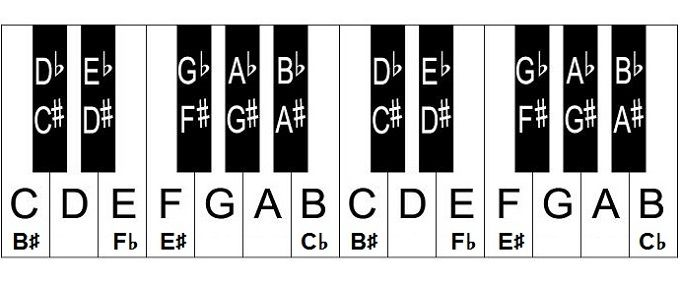
When you play music, your keyboard is your playground. Learning about your keyboard is the first thing you should do. In the next section, I will link some free resources where you will be able to learn all the things, but I want you to learn your boards with extra care. The keys, the position, your comfortable hand configuration, etc. You should choose a comfortable place, a comfortable position to hold the piano and find a comfortable way you can put your hands on the keyboard.
Optionally, it is also great if you learn some common knowledge about music theory so you know what those weird YouTube people are talking about in a specific tutorial. Luckily Andrew Huang, a musician and YouTuber made an epic video that encompasses everything about music theory into one video: Learn music theory in half an hour.Also why not watch the whole entirety of these fun short videos about notes, keys, rhythm, and music theories? Check out The Mento Zone.
Learn with free resources
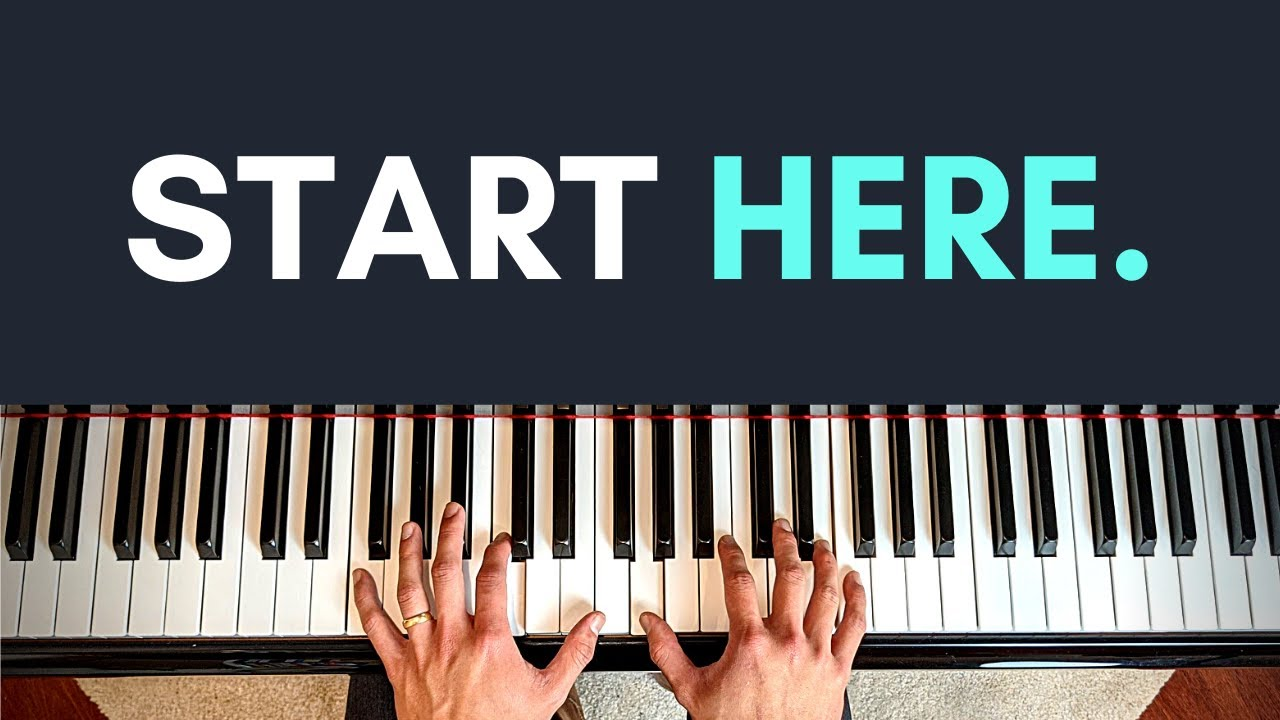
This is the part where you can head to a free resource and start learning the actual music. First of all, self-learning is a bit complex, but it’s not impossible. There are thousands of great self-taught musicians, and many are the people we awarded as history’s best.
Some good resources for learning piano for the absolute beginners are:
- Beginners tutorial by Assaf (MangoldProject): Piano Lessons for Beginners: Part 1 – Getting Started! Learn some simple chords (average 8-minute videos, total 10 videos)
- Beginners tutorial by Mantias Cazaubon (Udemy): Link to Udemy course (basic tutorial, short course)
Once you learn the basics, move on to practice music with beginner-friendly options. You can skip ahead and start from here, but I recommend learning some basics with videos and having some basic knowledge of music theory and keyboard before you try these apps. These have more benefits but also come with some challenges.
- Simply Piano (Mobile/tablet application): Check out in the play store (Learn Piano with bit-sized interactive tutorials)
- FlowKey (Web/Multiplatform): FlowKey website (Learn to play popular music of many genres with assistive tools and practice sessions)
Once you’re happy and jolly with your beginner’s skill and know how to play some pieces, you are ready to take on some harder challenges. You can take some intermediate courses to sharpen your skills and go ahead to become an advanced musician:
- Bill Hilton intermediate piano lesson: Link to playlist
When you’re confident enough, it’s time to move on to the mastery realm.
Learn to read sheet music
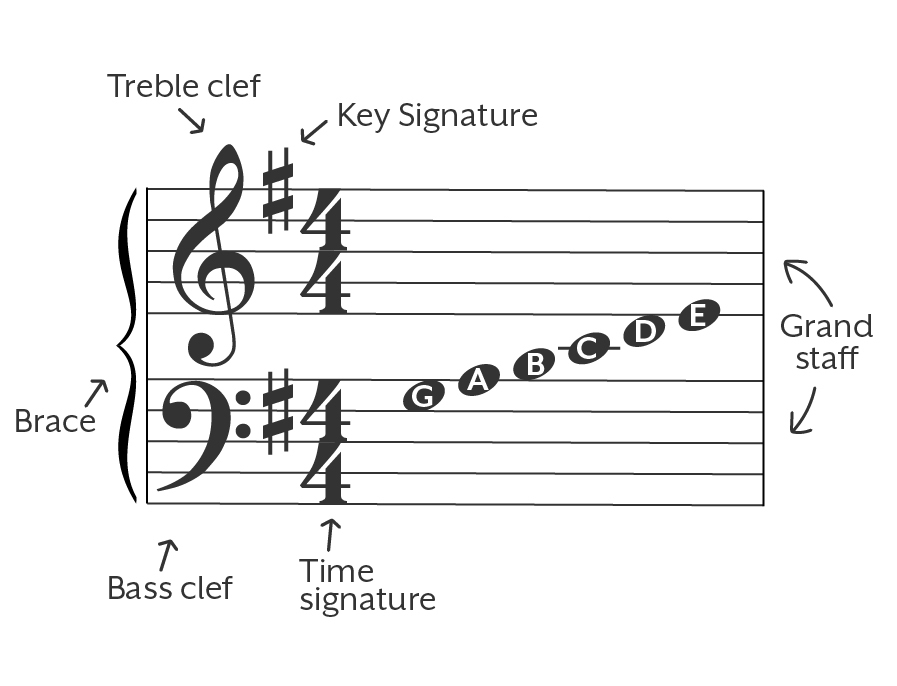
You will learn basic sheet music reading from the tutorials I have linked. But if you want to become a true musician, you have to know how to read sheet music. It’s an important skill. Math has its language, and so does music. Reading sheet music will let you understand and speak that language.
If you already took the lessons in the Learn with Free Resource section above, you know the basics of music notations and scores. If you did not catch anything beyond the intro, I want to recommend some resources for you. Here are some of my recommendations:
- Hoffman Academy easy piano sheet learning (text)
- FlowKey intro to Piano Sheets (text)
- Easy piano sheet reading tutorial (video)
- 9 steps sheet music (video)
Learn sight-reading
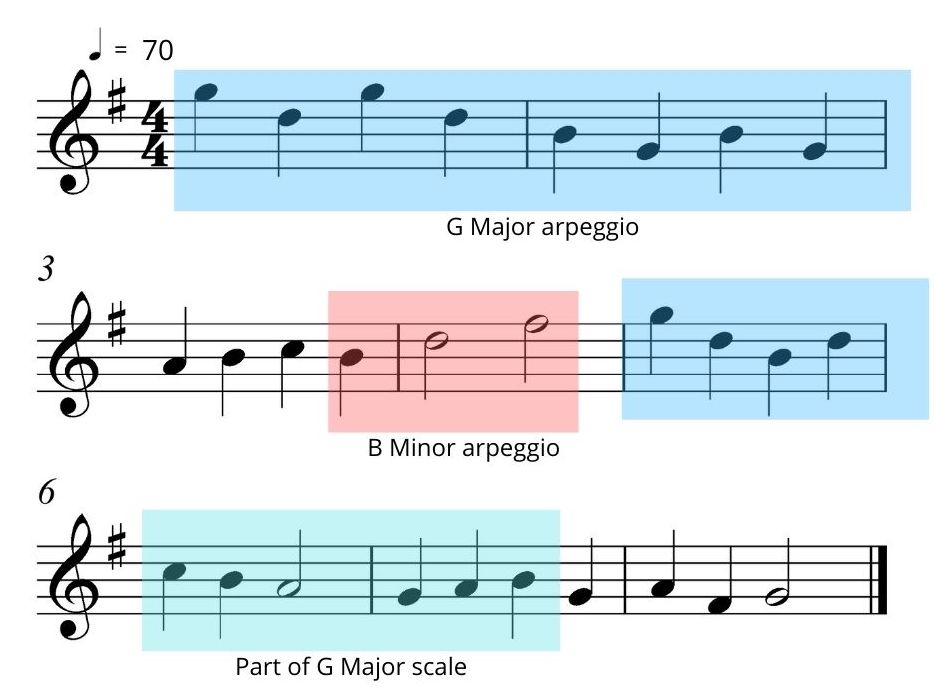
Sight reading is when you can read music and execute it accordingly with only the sheets. When you’re done with your basics, you can go ahead and train yourself to read music fast and accurately and understand it. Multiple online tools can help you with it, but my recommendation is
- Sightreading Training is a free and junkless web tool for sight reading practice. It’s clean and has good quality notations.
- Sightreading Factory is another free tool you can check out.
Sight reading is a bit complicated skill to acquire, but it’s not impossible. It does not require ear skills, more than a visual understanding of the sheet. That said, you do have to learn a lot of new terms.
Ear training
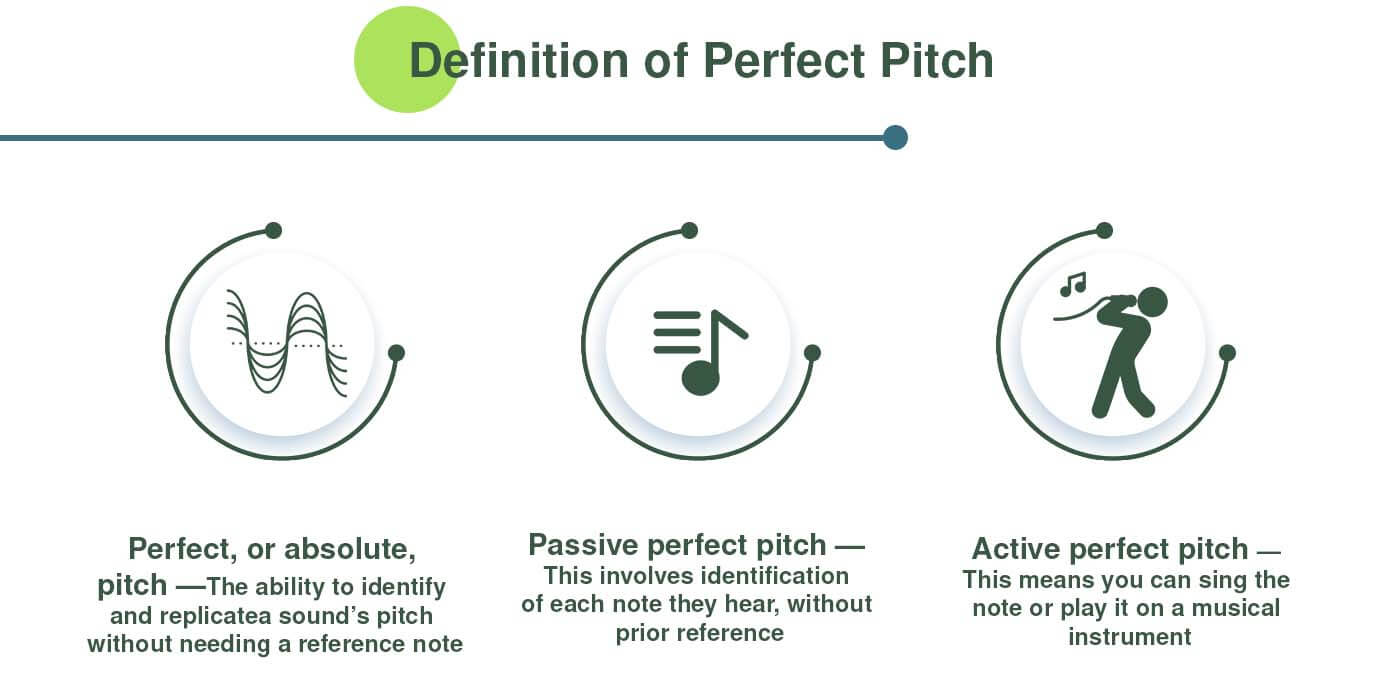
You don’t need to have a perfect pitch to be a musician, but you do want to have a good enough ear to be able to play music better. When you learn music, listening is the biggest part of that experience. With enough training, you can have the ability to detect changes in pitch and cord, and differences between them, and also connect the dots of intervals, harmony, scales & modes, rhythm, and of course the keys. There are online tools for this, but you can make your lessons and practice on your own:
- Sightreading Training again, also has a tool for ear training. How handy right?
- Tonedear has segmented training tools for online ear training
- musictheory.com has a plethora of tools for music exercise and of course, ear training
Conclusion
Learning piano, or music itself is not hard. It can be self-taught, at no cost. In this article, I just gathered already available, and some very hidden gems which I have benefited from. And I do believe it can help you to begin your journey of learning music. It’s better to truly try all of the linked resources, as each of them is sequentially important and beneficial. As always, have a nice day, and happy learning.

